The restrictions used on these scooters vary. Here's the ones I know of personally:
Throttle restrictor screw shown in motion here. Just remove it if you have it.
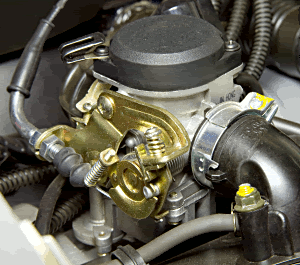
Variator restrictor ring. It stops the variator pulley halves from closing together completely. Again, remove it if you have it. You'll need an Impact wrench. I use a 12 volt one for emergency tire changes. It works off the scooter battery. $30 at Harbor Freight, auto parts stores and Ebay has 'em too.

Rings:

Impact like mine:
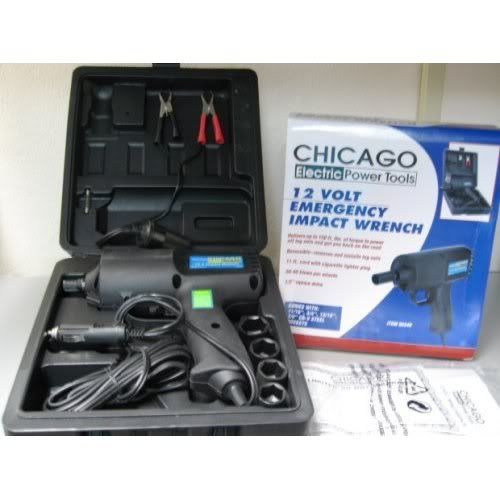
The Chinese have been known to put a rev limiter CDI in the scoots but that's rare here in the states. It works off of a sensor mounted to the inside of the belt cover that sits next to the clutch pulley that counts clutch RPM's. When the limit is reached the CDI stops the spark plug from sparking until the scooter slows below the set limit. Simply disconnecting the wire or cutting the wire from the sensor negates this restriction. The sensor can be removed if you like.
Sensor:
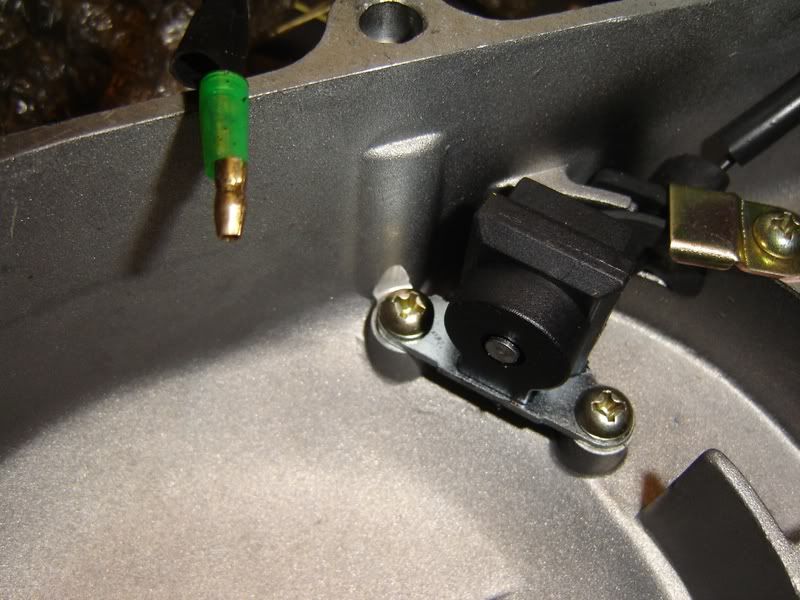

Next is the carb needle. There is a needle inside the carb with a movable clip sometimes. Moving the washer down a notch will enrich the high speed mixture and vice-versa. Some carbs have a fixed washer. Playing withe the needle position can increase power. A good running scoot will have a nice brown plug so after changing anything you want to look at the spark plug after a ride around town. Here's a good link for reading plugs:
http://www.verrill.com/moto/sellingguide/sparkplugs/plugcolorchart.htm
The last known restriction is the use of a smaller than normal main jet in the carburetor, in concert with a plug in the air intake. Normal is around a #85 to #90 but the Chinese will install a #76 or #78 jet to slow you down. The number is stamped on the jet usually. You may need a magnifying glass to read it. To de-restrict you buy a #80, #84 #85 and a #90 jet, try them all one at a time till you get good power with a brown spark plug. Remove the plug in the air intake if you have one. The air filter box may have a small tube inside that can be removed as well to increase air flow if plug is black.
NOTE: Jetting is a trial and error job usually. Gotta keep doing plug color reads after each change unless it's obviously not running right.

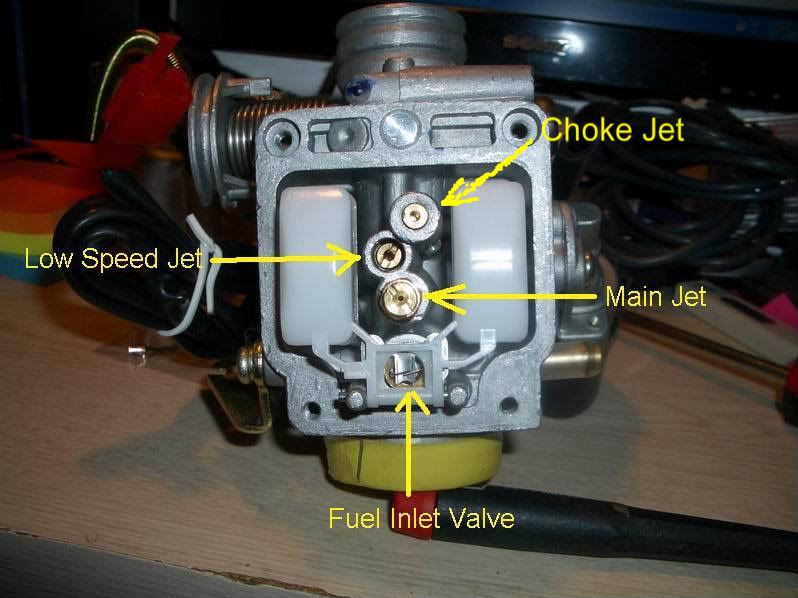
Tube in airbox cover:
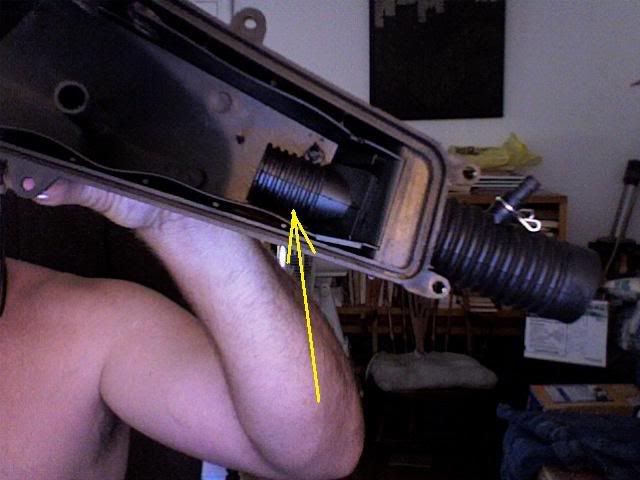
Removed:

Here's a comparison shot of the intake tube and the smaller tube inside the cover.
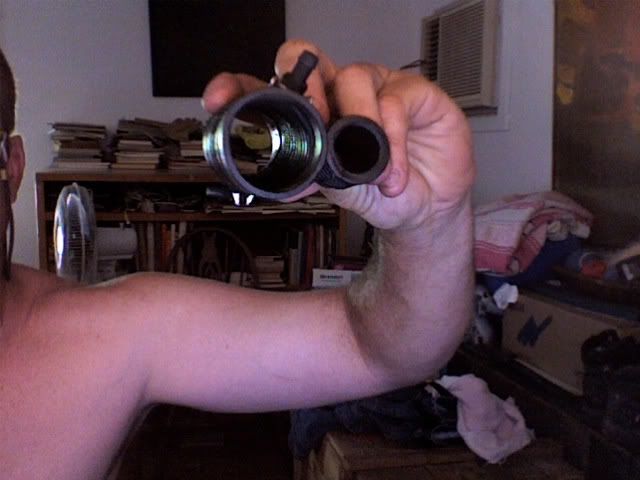
I actually drilled holes in an airbox cover to increase air flow a little:
 all info on desrestriction procedure goes to fox of scooter forum online
all info on desrestriction procedure goes to fox of scooter forum online
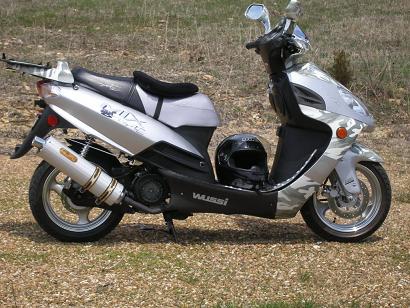
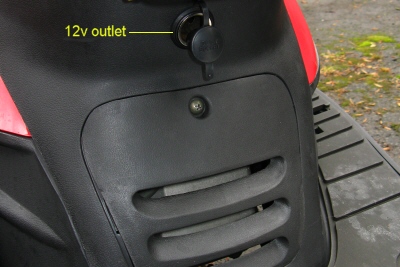
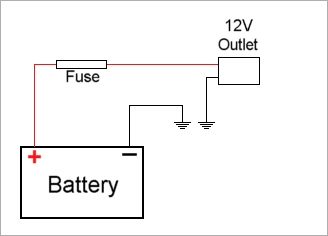
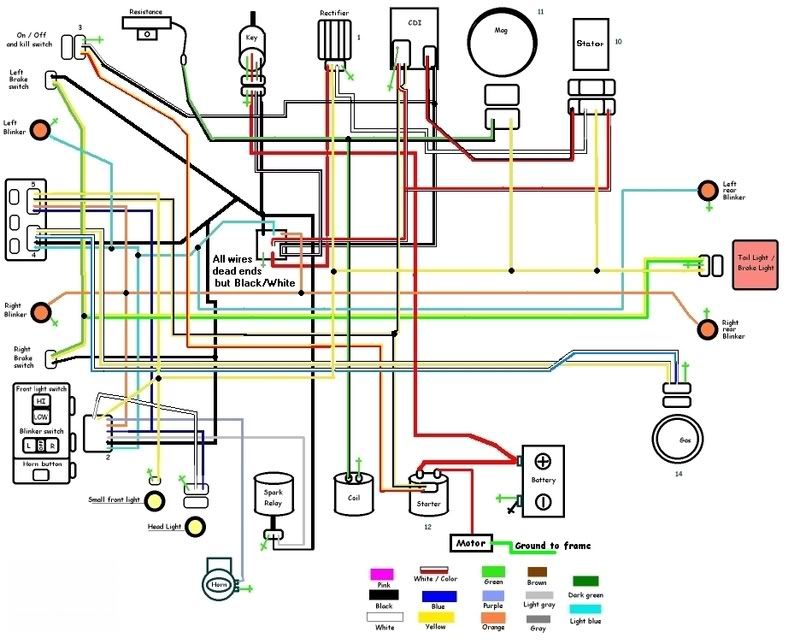

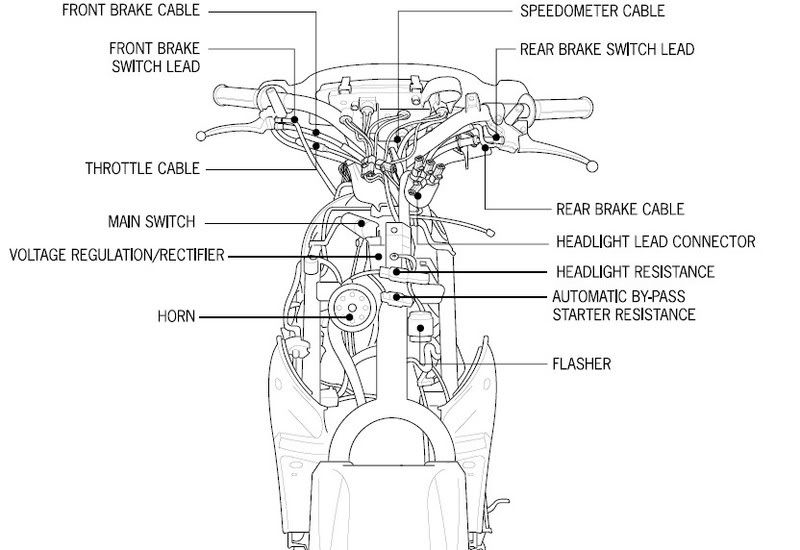


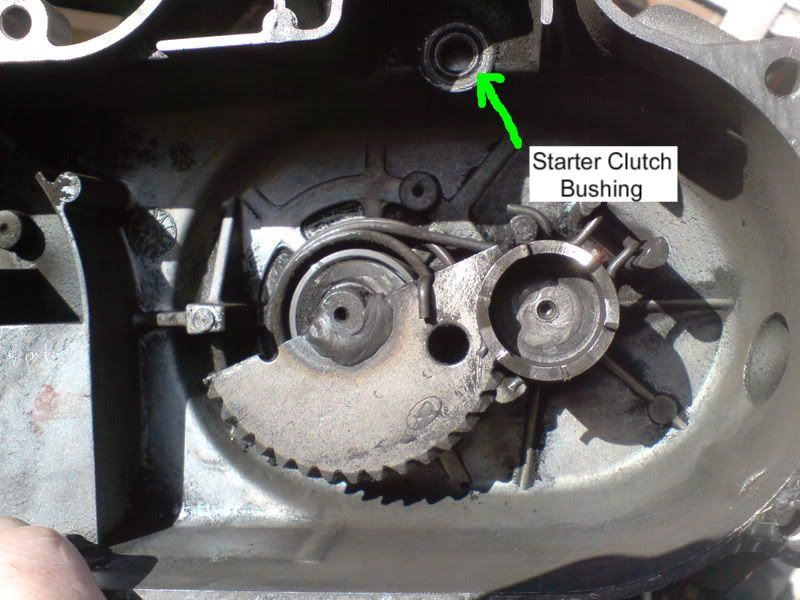
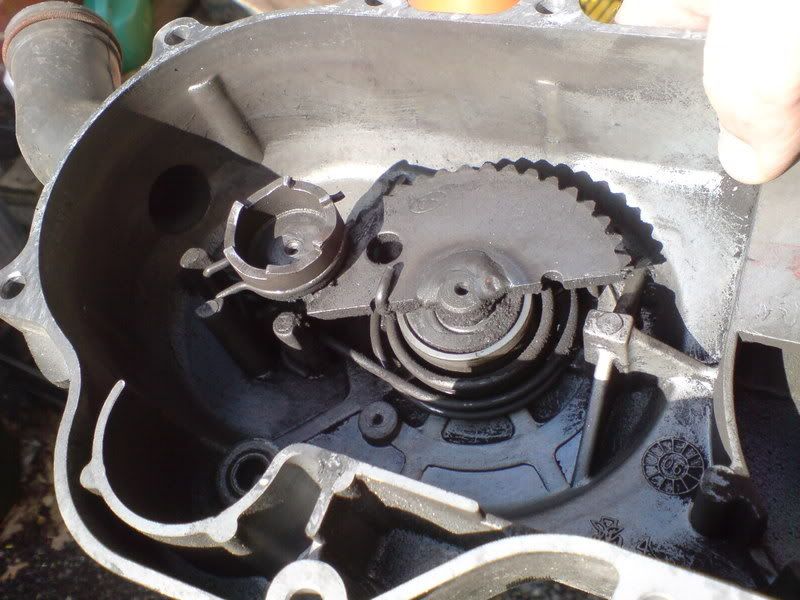

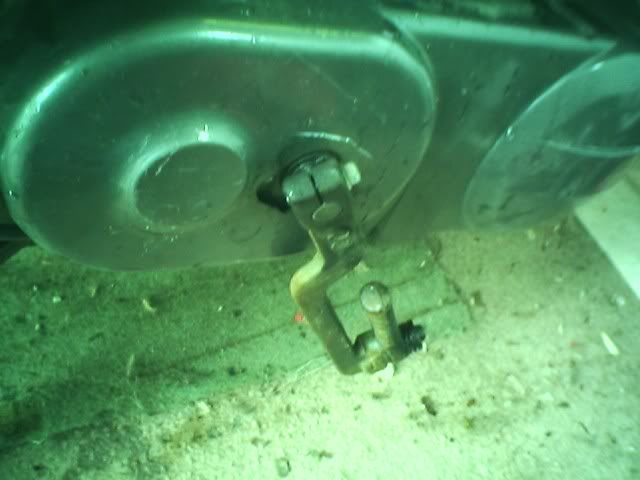

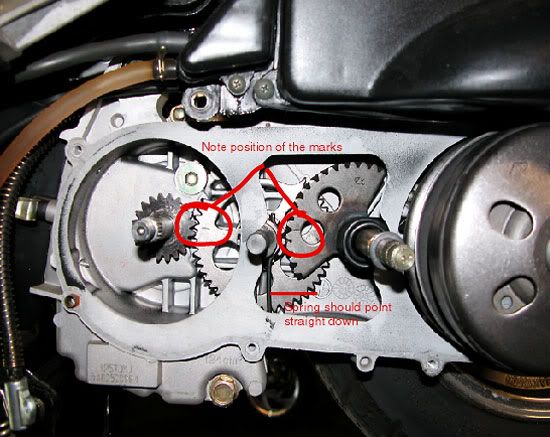
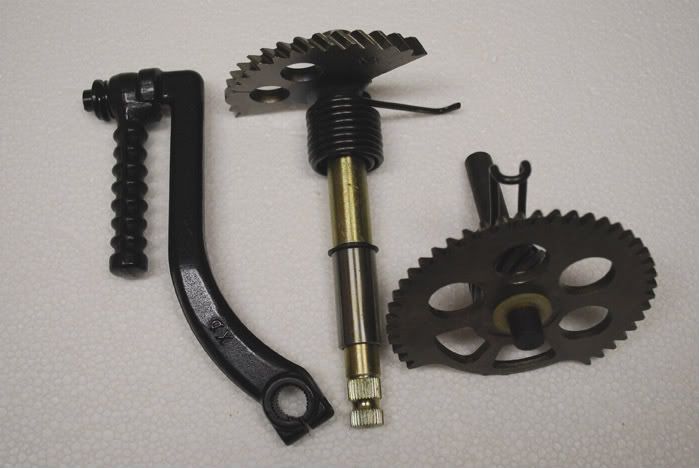
![[image] [image]](http://img530.imageshack.us/img530/1381/dsc00010xd1.jpg)
![[image] [image]](http://img444.imageshack.us/img444/8145/dsc00011qe2.jpg)
![[image] [image]](http://img530.imageshack.us/img530/7213/dsc00012ir8.jpg)
![[image] [image]](http://img530.imageshack.us/img530/2051/dsc00014rq7.jpg)
![[image] [image]](http://img530.imageshack.us/img530/6650/dsc00015ki3.jpg)
![[image] [image]](http://img206.imageshack.us/img206/4661/dsc00016yc3.jpg)